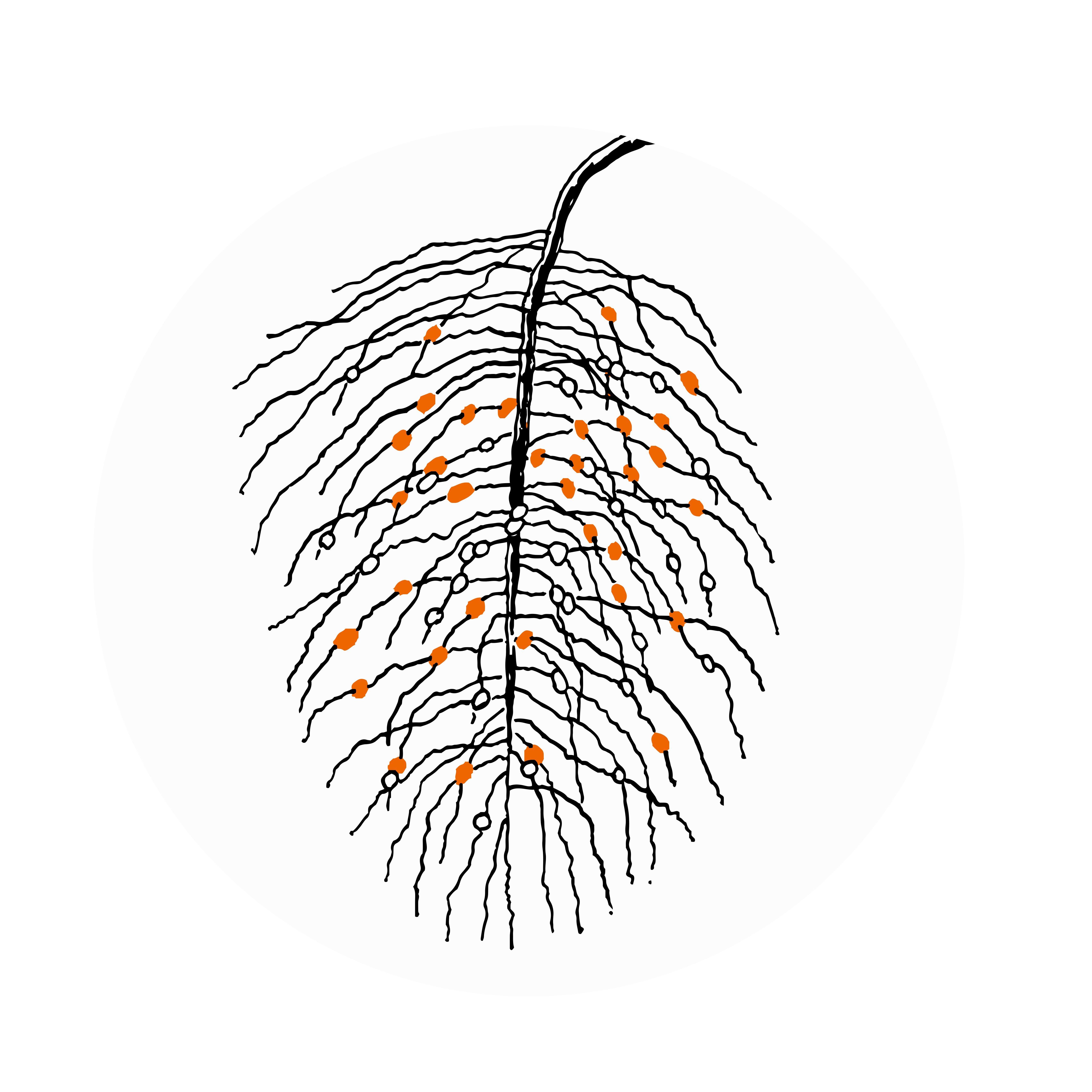
About
REF·tropica (Reference Collection for Tropical Archaeobotany) is an image database of phytoliths and charred fruits and seeds extracted from modern plant reference collections. Created by two Amazonian archaeobotanists, Jennifer Watling and Myrtle Shock, with funds from the São Paulo Research Foundation, its purpose is to facilitate taxonomic identification of archaeobotanical remains from Amazonia and the global tropics more generally. We have tried to create a platform that is intuitive and easy to use, whatever the user’s level of expertise. At this initial stage, the database includes 206 phytolith entries and 57 macrobotanical entries, with much more to come (including starch grains) in the near future.
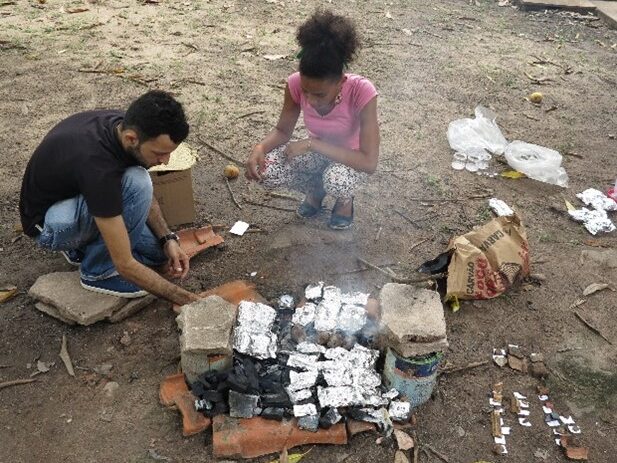
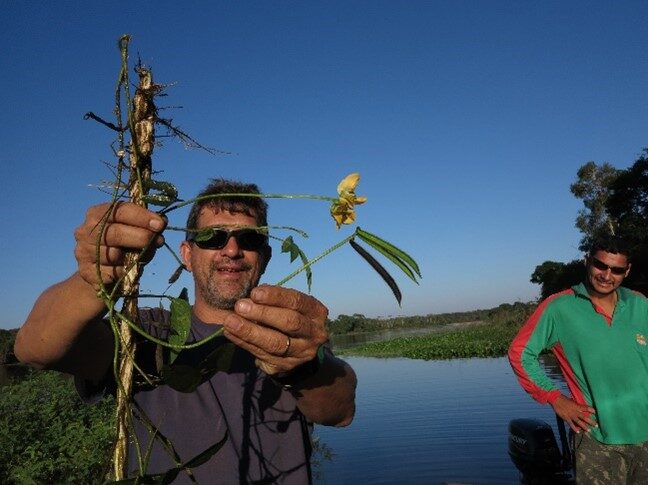
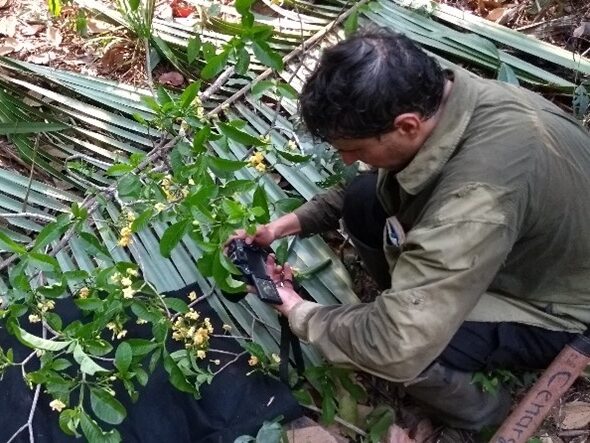
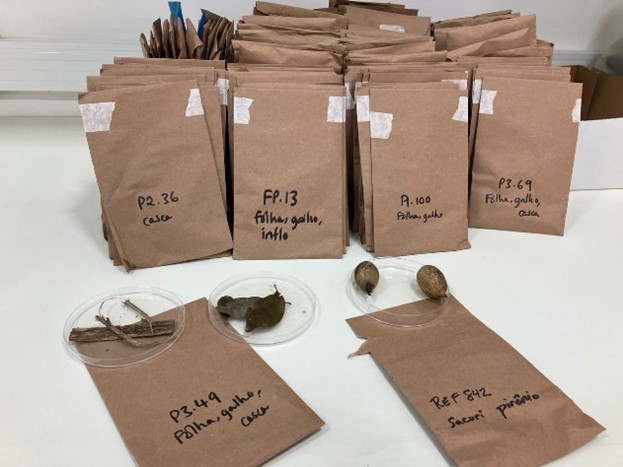
The images in the database and the collections behind them come from over 15 years of research and collaboration with other archaeologists, botanists, ecologists, students, and local peoples from all over the Amazon. For every entry, it is possible to see the place the specimen was collected, where it is housed, and – if applicable – where it is published.
Key regions, projects and collaborations behind the database include:
- Upper Madeira river, Rondônia, Brazil: Plant material collected from the CEN herbarium at Embrapa Cenargen, Brasilia; project led by Jennifer Watling in collaboration with Dr. Marcelo Simon and Dr. Marcelo Brilhante De Medeiros. Additional field collections made with taxonomist Antônio dos Santos, with fieldwork support from the Department of Archaeology, Federal University of Rondônia, Porto Velho. Funding: São Paulo Research Foundation 2014/21207-5, 2017/25157-0.
- Coastal French Guiana: Plant material collected from Herbier IRD de Guyane, Cayenne, processed and housed at the Department of Archaeology, University of Exeter. These collections were part of the projects “Ecology and archaeology of the coastal savannas of French Guiana: landscapes co-constructed by man and nature?” and “Pre-Hispanic raised-fields: their history, soils, and their impact on the French Guiana savannas”, led by José Iriarte and Doyle McKey (funded by CNRS). Supplementary material was sampled from the KewHerbarium, London.
- The Guaporé wetlands, Rondônia, Brazil: Field collections made with Carlos Augusto da Silva and identified at the Herbarium at INPA, Manaus. Collections part of the archaeological project “Projeto Médio Guraporé”, coordenated by Eduardo Neves, University of São Paulo. Funding: São Paulo Research Foundation 2014/21207-5, 2017/25157-0, 2017/07794-9.
- Central Amazon, Amazonas, Brazil: Field collections made in Myrtle’s archaeological project “Alimentação, manejo da terra e cultura: uma abordagem paleoetnobotânica da pré-história indígena no nordeste do Estado de Amazonas”. Funding: Amazonas State Research Foundation 3122/2012.
- Lower Amazon, Santarém and Monte Alegre, Brazil: Monte Alegre field collections made with Dr. Thaís Elias Almeida and vouchers deposited at the HSTM herbarium at UFOPA in the archaeological project “A ocupação pré-colonial de Monte Alegre”, coordenated by Edithe Pereira (funding: CNPq 433881/2018-6). Other field collections made by Myrtle’s COMIDA (Carvão oriundo de manejo indígena da amazônia) project.
- Tocantins, Palmas, Brazil: Tocantins field collections made during the project “People in the move: peopling, abandonment, and territoriality in the occupation process of Central Brazilian Plateau” coordinated by Lucas Bueno and funded by Wenner-Gren.
- Department of Beni, Bolivia: Field collections made in the archaeological project “Heritage and territoriality: Past, present, and future perceptions among the Tacana, T’simane, and Waiwai” led by Carla Jaimes Bettancourt, University of Bonn. Herbarium exicates deposited with the Centro de Investigación en Biodiversidad y Medio Ambiente (CIBIOMA), Trinidad, Bolivia, Funding: Volkswagen Foundation
